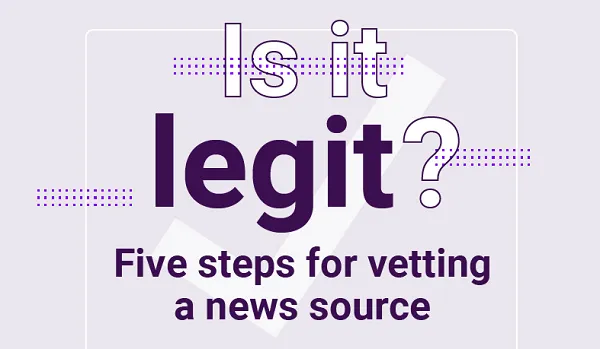
As we head towards another divisive period of political campaigning, it’s worth taking a moment to consider where you’re sourcing your news updates from, and the accuracy of the reporting that you’re reading.
Digital literacy should be a key focus in modern society, because bad or ill-incentivized actors are increasingly using knowledge gaps, and massive oversimplification, in order to get themselves attention, with little regard for what that might mean in the broader scheme.
For example, foreign aid is easy to create memes about, because why should we be sending money to another nation when we need it here? But the truth, based on research, is that foreign aid contributes significant benefit, both to the sending nation and the greater world, through increased prosperity in trade partners, the elimination of diseases, increasing life expectancy, etc.
This is all easy to find with a basic Google search, but many people will instinctively respond to said meme, thereby amplifying misinformation and misunderstanding.
Because the truth is, most political topics are very complex, and are not as black and white as attention-seekers will present.
Which is why this infographic is important, with The News Literacy Project sharing five steps on how to confirm and assess new coverage.
And really, in most cases, step one is all you need.
And while there is a lot of anti “mainstream media” commentary these days, the fact is that, as a journalist, these are the principles that drive the content that reputable publications produce. There’s a skill to such assessment, and a craft in separating fact from fiction.
There are bad actors, for sure, and journalists that end up skewed by their own bias. But it is important to assess each on its merits.

Source link




